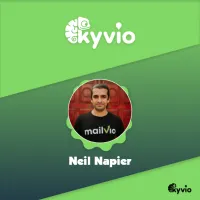Kyvio Blog
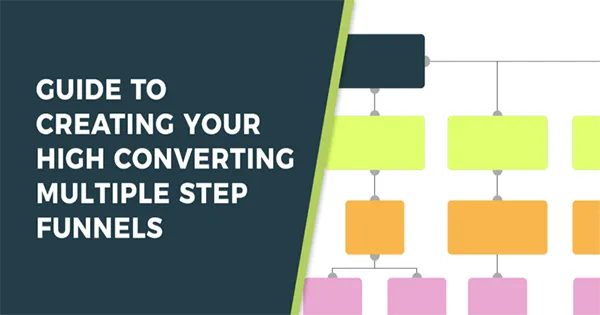
Your Guide To Creating High Converting Multiple Step Funnels
In this guide, I will share some advanced strategies we use to build our funnels. What you’ll learn here will be of great help if you want to scale up your business, and you will also learn how to open up different ways of selling. The principles we’ll share here have stayed the same for years now. So all you have to do is simply adjust what you’ve learned to your market and then apply it.
Multi-Step Funnels – What are They and Why are They Important?
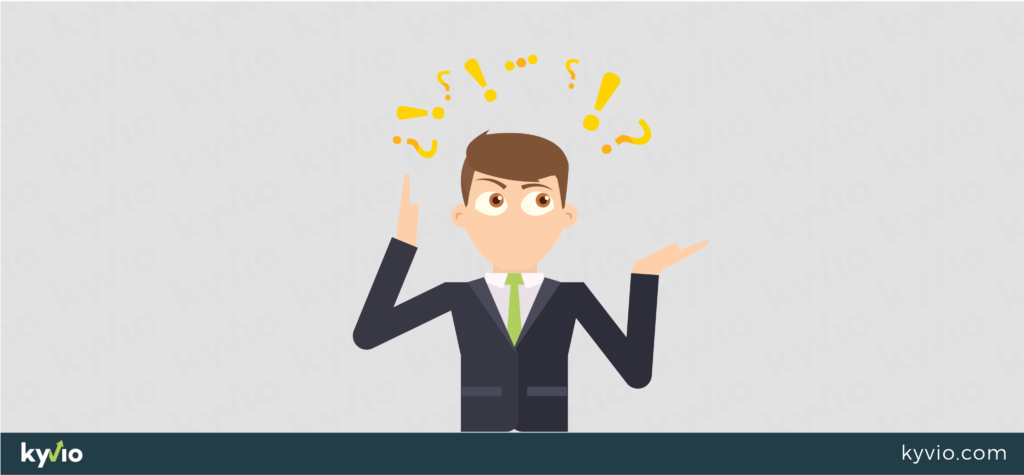
Multi-step funnels are simply funnels that have complex steps, taking people on a journey. Funnels of this kind work well when you’re starting out or if you have a clear and straightforward product or service. This kind of funnel will typically run for about seven days. After that, you’ve got to go back and create your next funnel. Then, after another seven days, you have to go back and create the next funnel. And the process carries on.
Of course, these funnels can be evergreen. They can exist out there for as long as you want them to, but the problem is this. Say a customer enters your list on day zero and for seven days you pitch them the product or service you’re offering. For a week you are pitching them something, but what do you do with these customers after the week has passed? After seven days, they’ll probably join another list where they will start getting different emails than what they were getting thus far. That’s okay, but this kind of business ties you down. Having these simple funnels, which work well, generates a good ROI; but then people move on to a regular list, and we start sending broadcasts. So, every day it’s a new message, every day it’s a new email.
That’s ok until one day, you can’t work anymore. You need to travel for a family emergency, and then, you stop making money. All the money you were making beforehand vanishes because you can’t send broadcasts anymore. This, quite honestly, is a terrible way to run a business long term. We don’t do this anymore. Instead what we do is we increase this lead lifetime from seven to 30 days. Once we have some numbers from there as well, we extend it slowly. We increase it to 60 days, then to 90 days, and so on. Eventually, you want to be at a stage where you’ve got automation built in for the next year. Imagine taking a year off knowing you will generate 10,000 leads in a month. You can take a whole year off, and you will continue to get paid for the next 365 days. You don’t have to send another email ever again. So, that is the purpose of advanced funnels. Their purpose is to extend your lead lifetime to the maximum.
Two Ways of Extending the Lifetime of a Lead
There are two ways of extending the lifetime of a lead. For instance, you have four funnels lined up for a full 30 days of lead conversion. Once a lead finishes going through the first funnel, they jump into another, then another, and so on. Which is okay, you’ve done your 30 days. However, there’s a problem with this method – They are already your lead. There’s no need of sending them opt-in pages anymore. They’ve already signed up with you, so you have to eliminate this process and send them straight to a sales page, and then on to the next one, and the next one. So, you can do this, as long as you string all these funnels together so people don’t have to re-opt-in all the time. But let’s face it, this way you are not using your leads to their utmost potential. You don’t want to do that. Just remember – when it comes to multi-step funnels this is simply one way of doing it.
Now, let’s focus on the other way of extending your lead. This process is all about taking things slowly. You carefully build out your campaigns, you figure out what’s working well, and only then, you make it permanent. For example, after seven days, you will still send people to a new list. On this list, every Monday, you’ll be starting a seven-day email series. After the end of these seven days, you have to check the results. If the results show progress, then it means the emails worked. Once you realize this process generates results, you can just duplicate it and add it after your first seven days. When a lead finishes or expires, it doesn’t just go straight to your list, it goes straight to your next sales page. And after those 30 trial days, you can even send them over to the main list. Once you’ve got these results going you can move onto 60 days, 90 days, and so on.
The Number of Steps Required for a Multi-Step Funnel to Work
Multi-step funnels are common. Usually, they work best with four steps or more. But going further into it, when you think about a funnel, how many steps are genuinely enough? It’s safe to say that you should have at least two offers in your funnel. You just never know. If, for example, the product that you’re selling is a training on how to cure depression, then your next upsell could be a 30-minute meditation technique. A video-based training product where you or someone else teaches the customers how to meditate for 30 minutes every day. Then the final upsell, and again it’s not necessary, depending on how your business is structured, you can even deliver a t-shirt. You can provide coffee mugs, or you can give out anti-stress toys. Remember all of this has to happen immediately. There’s no waiting for seven days, or 30 days, or 90 days. We’re trying to strike while the iron is hot.
Doing Too Much Too Soon and Email Retargeting
One thing you should avoid is doing too much too soon. You will annoy people. The point is – you don’t need to include offers just for the sake of having offers. What works well is also involving emails and retargeting. Many COD systems, like the one we have here at Kyvio, have a way of capturing the email address before someone goes to PayPal or Stripe. In that case, what you can do is once you have this email address you can follow up with an email like “hey, we noticed you wanted to check this out, but you didn’t buy it.” That becomes part of these funnels as well. For example, in a case when someone got to your sales page, but they didn’t buy anything, you find a way to send them back to the page. That’s retargeting 101. All of this works well with paid traffic. Of course, free traffic is okay as well, but when you get to a stage where you are making good ROI from your leads you wouldn’t mind spending a few extra dollars.
Step #1 – The Opt-in Page
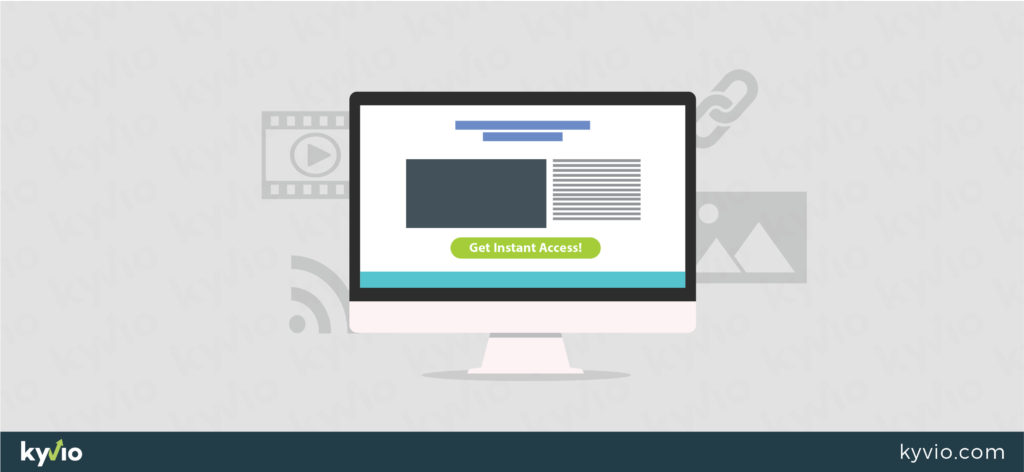
When you have a multi-step funnel, you don’t need multiple opt-in pages, because someone has already opted in. This means they had confirmed when they bought something from you or if they didn’t buy anything. You can send them to the next sales page, and then the next one. Hence, you don’t need another opt-in page. However, sometimes it can be valuable to have more than one opt-in page. Here’s why. Instead of sending people directly to your next upsell page you can do what is known as a bridge in between. In this bridge page, you will ask them a question, or several questions. You can do this with a lot of little survey apps, or alternatively, you can directly ask the subscribers a question and once they click submit, a pop-up form will appear. That way they’re committed to you. Your inquiry could be for example, “I’m curious I know you want to lose weight fast, but what’s the reason behind it? What is your ‘why’? Are you getting married? Did you always want to lose weight? is it something else?”. As soon as they hit the submit button, you can bring up a pop-up form, an opt-in form, and say “great I’ve got something beneficial for you I think will match your circumstances, just opt-in here. Opt-in and watch our message on the next page.”
You could construct four upsell pages, one if they just want to lose weight, another, if they want to lose weight because they’re getting married. The third one could be because they were always overweight and they want to lose weight. And the fourth one could be just to look around and see what you offer. In this case, you can take them to a specific version of your upsell page. In this version, you are talking about how you’re getting married and how big of an occasion it is, and why there’s a lot of pressure, and so on and so forth. If someone is just looking around, maybe they are not interested in the software so you can simply take them to the downsell page, for example to your last offer. When you have this kind of segmentation, not only can you put people in different lists, but at the same time, you can also show them a different message. You’re not changing too much. I’m not asking you to redesign the whole page. You have your base page ready and then you simply go in, change a few things, the video, the headline, and that’s it. The offer is still the same. In these cases, another opt-in page can be of great importance. What you’re doing in this case, you’re not selling anything. You’re asking people to re-confirm their interest in your offer.
Ideal Opt-in Rates?
The next step towards setting up your page would be determining the Ideal opt-in rates. I always start looking at them, and I say 50%. Let’s see if we can go higher. If we are lower than 50%, then let’s try and understand why is that so. Sometimes when making these kinds of opt-in pages, the conversion rate will be lower because we’re asking too many questions. Then, should people re-opt-in all the time? That’s a question you should think about as well. Well ideally not. But, like I said, only in such circumstances when your first offer and your upsell offer have a vast difference in price will this kind of multi opt-in method work best.
Step #2 – The Sales Page
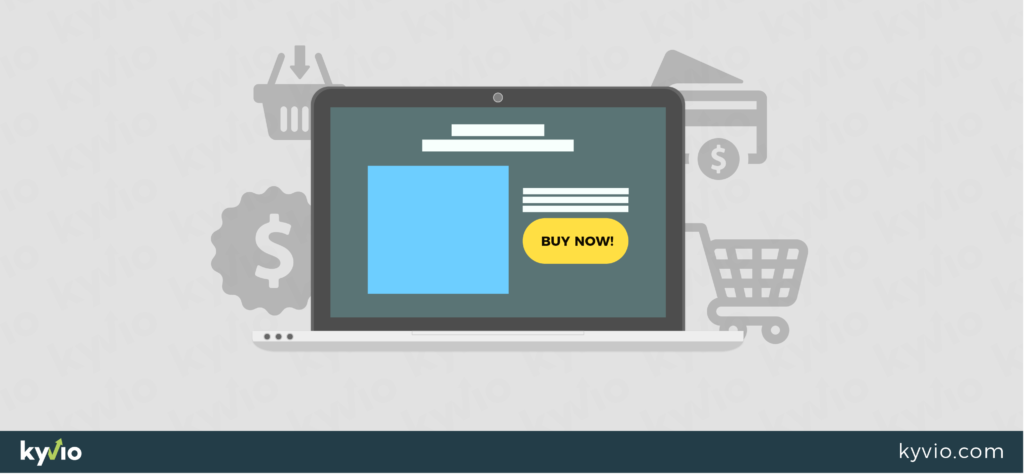
When it comes to sales pages, the big question is: what kind of pages work well? To us, simple pages can work well at lower price points. When going from opt-in to a thank you page, it will be quite a simple one. It will have a headline, a sub-headline, but it can also contain a video. Moreover, it can have text with occasional bullet points or a description, and then a buy button. It’s the simplest kind of sales page. Sometimes, if your products are complicated and you need to explain a lot of things, you might need better pages. In this case, you just adapt. Rearranging the page a bit by moving a few things around and see what works well will do.
Ideal Conversion Rates?
The ideal conversion rates for this kind of a sales page depend on whether the traffic you’re getting is cold, warm, or hot. As soon as someone lands on your page, if it’s cold traffic, 2% is alright. It’s not amazing, but it’s alright, sustainable. If it’s warm traffic, 10% is good. If it’s hot traffic, which is traffic that just opted-in and people are hooked on what you’re selling already, then you’re looking at 15-20%. If it’s your very own customers, you’re looking at a higher conversion rate.
What Price Points Work Best?
Initially, when you’re going from an opt-in to a sales pitch, always keep the price point low. Don’t go over $99, even something as low as $7 is good. After that, you want to make incremental increases if that’s your wish. You don’t want to make big jumps. If it was me for example, after offering them a freebie, I would make a low range offer of below 20$. After that, the next upsell could be as high as 99$. But bear in mind, always make your last offer a downsell. This will show people that even if they miss the more expensive proposition, they can get a different cheaper offer.
Should You Offer a Discount?
Another question which comes up quite often is should you offer a discount? Initially, while you’re testing out the price points, you can. It can be something like “if you get this within the next 24 hours, talking about the upsell offer, then I’m going to give you $10 off”. I have to tell you I’ve used this in product launches before. It works surprisingly well. You just need to make sure you have a way to implement it, a way to execute it.
What Are the Final Things to Consider?
You need to start thinking about your upsell two and upsell three. Once you sell something, what’s the next congruent offer you can make immediately? Not seven days later, not a month later, but at THAT particular moment. Think about the ASS model, automation, systematization, and scaling. Whatever you’re doing, how will you automate it? How can you systemize it? How can you make it better, faster?
Step #3 – The Upsell Pages
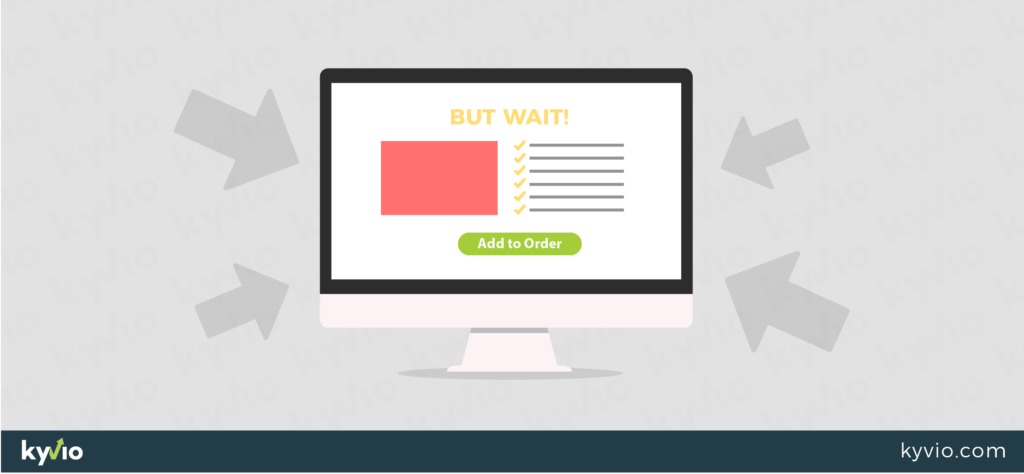
Are they essential? Yes, they are. Back in the day, upsells were constructed to hide a lot of value from the initial offer and then deliver the value on the upsell instead, to make more money. That’s how marketers used to work. But people wised up. People like you realized this is cheating. So what happened then was marketers realized they couldn’t keep selling you low-quality products as the initial offer. They had to do better. Thus, the initial offers started getting better. However, if you think upsells are not good and you should never have them, then don’t sell anything online! Upsells are a necessary part of a business.
Ideal Conversion Rates?
Now, for upsells, conversion rates can be tight. I would say they depend on the price. What I go after though, just for upsells, is I look at this term I’m sure you’ve heard of, called EPC. Estimated Earnings Per Click. Let’s say ten people land on your next upsell page, my goal with EPCs is to always make a double-digit income on the first upsell, or actually, all upsells. It has to be a double-digit amount. If it’s a double-digit one, then I know it’s converting well. So, an ideal funnel for me would be having 50% conversion rate on the opt-in page, about 20% on the main page, and then I stop looking at conversions because the price points change. Then I look at the EPC. In every case, I want more than 10. I will optimize until I get to that stage where I have more than 10 EPC. You might think, where did you get these numbers from? It just comes with experience. They come from what I’ve seen over many, many years.
How Should You Upsell?
Again – ASS, automate, systemize, scale up. Should we have an opt-in for an upsell? Again, avoid it if you can, but if you can’t, it’s okay. For upsells though, you’ve got to use a slightly different kind of pages from your main opt-in page. The page structure changes. Remember, now people already trust you, they’ve already bought something from you.So it’s not like you’re talking to them for the first time. Of course, you still need a headline. As always, I like to include a video because it keeps the message personal. Then you want to focus more on the results. You already did that before, but you want to focus on testimonials from previous buyers of this product. As soon as you get some testimonials, put them on your upsell page. This way you can display that your customers are happy and willing to purchase anything you have to offer. It is also a proof of the trust you’ve earned by your clients and that you intend to keep it in the long run.
Step #4 – The Emails
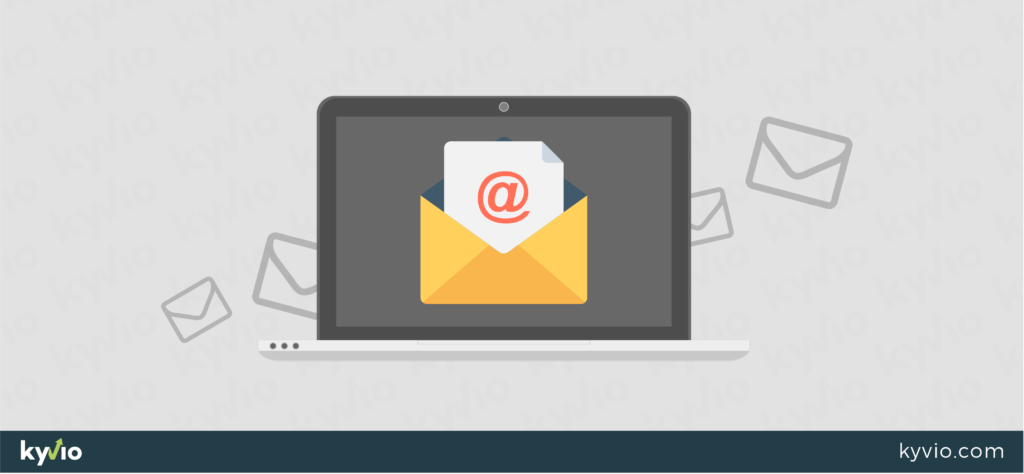
Now, maybe you’re not a copywriter, and that’s okay. The thing is, a lot of people get stuck because they feel they have to excel at everything. You don’t. Trust me. As an individual entrepreneur, you cannot be the best at everything. It is impossible. I’m okay with technical stuff, but I’m not amazing. So, I have my weak points, and that’s okay, I’ve learned to live with it. You need too as well. If you feel emails are not your strong suit, don’t fake it. I will tell you what to do.
Where Do Emails Fit In?
In any funnel, emails are part and parcel of how you communicate with your audience over the long term. You will initially do everything you can to sell these audiences your offer. But eventually, you notice they haven’t bought your first offer. What you should do then is to write more emails to convince them to buy. They might buy, they might not buy. But, your job is to do everything you can to convince them. So, all this might sound like a lot of work, and you might be tempted to stop writing so many emails. But, as much as we hate doing it we have to. Even if you don’t enjoy writing all the time, once you start getting conversions, you can just copy and paste them in the future. Emails are always an essential part of a funnel.
How Often Should We Mail?
You don’t need to mail too often, at the same time I would say you should e-mail at least once every two days. There are different schools of thought out there, depending on what market you’re involved in. If you are serving dedicated business owners, or lawyers, or scientists, they can’t check their e-mail every day. So, e-mailing them every day is a waste of time. You have to decide, based on your audience, as to how often should you email them. My entire funnel, its every step, is targeting a specific audience. It is targeting a different kind of audience all the time. There might be lazy people among those who bought your product, there might be people who are busy, there might be intelligent people, people who want to learn, people who see the value, people who want to make money online. The important thing is to group them and make your offers based on that.
What Should My Email Contain?
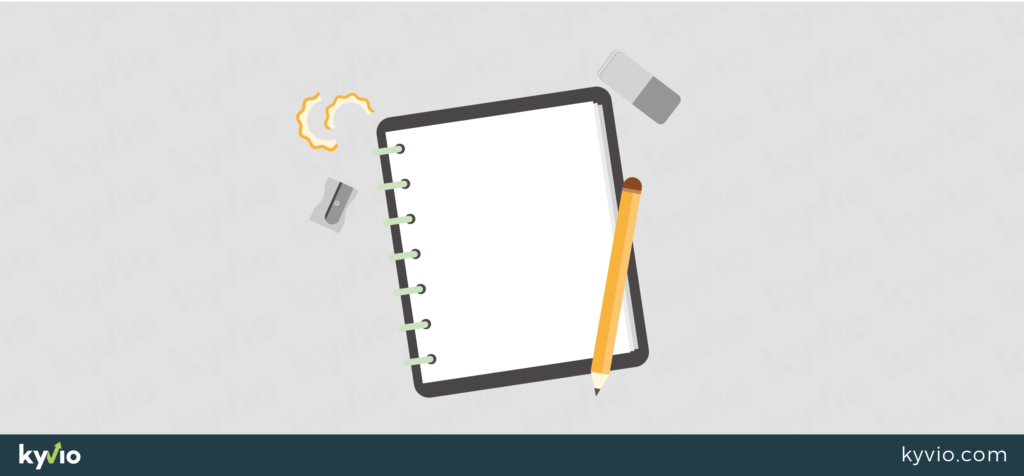
Usually, you’ve got a headline at the beginning. Make it as catchy as you can, but please make sure it’s congruent with the offer. The worst kind of e-mail headlines I see are like “hey you got money in your PayPal account?”. That’s terrible. I would unsubscribe immediately. What I do quite often, I have the product name at the beginning. Or, some reference of relevance. So, for every email you send, people should be able to recognize what it stands for immediately. Then, there’s the content of the email as well. Now here is where you need to pay attention if you’re not a copywriter. If you’re not a copywriter and you’re thinking okay, but how can I sell to people?
Here’s the fun part. If you genuinely are not a salesperson, you don’t have to fake it. You don’t have to create fake words. You will attract the kind of people like you, and they will like you. Write it as if you’re talking to your friend. If you’re honest, people will trust your views. People will trust what you are saying to them. So use it in your emails. Have a strong call to action. And please keep in mind, don’t end your email with “talk to you later,” or “see you soon.” End your emails by saying something like, “Great, go check out the link and expect another email from me in two days, we’ll talk about the next topic.” You can also use this technique to reduce your unsubscribers. You can tell people “Hey if you ever feel that I’m sending too many emails, just shoot me an email back, and I’ll reduce the frequency.” It does two things. Firstly, it gets your customers to tell you about how they’re feeling. Secondly, they reply, and with their reply, your emails get whitelisted. Your email address gets whitelisted, which means you have better inboxing weights in the future. All in all, emails are very, very powerful. I think they extend the capabilities of a funnel, so use them, and like I said, once you find an email series that is working well you can systemize it and use it in the future.

